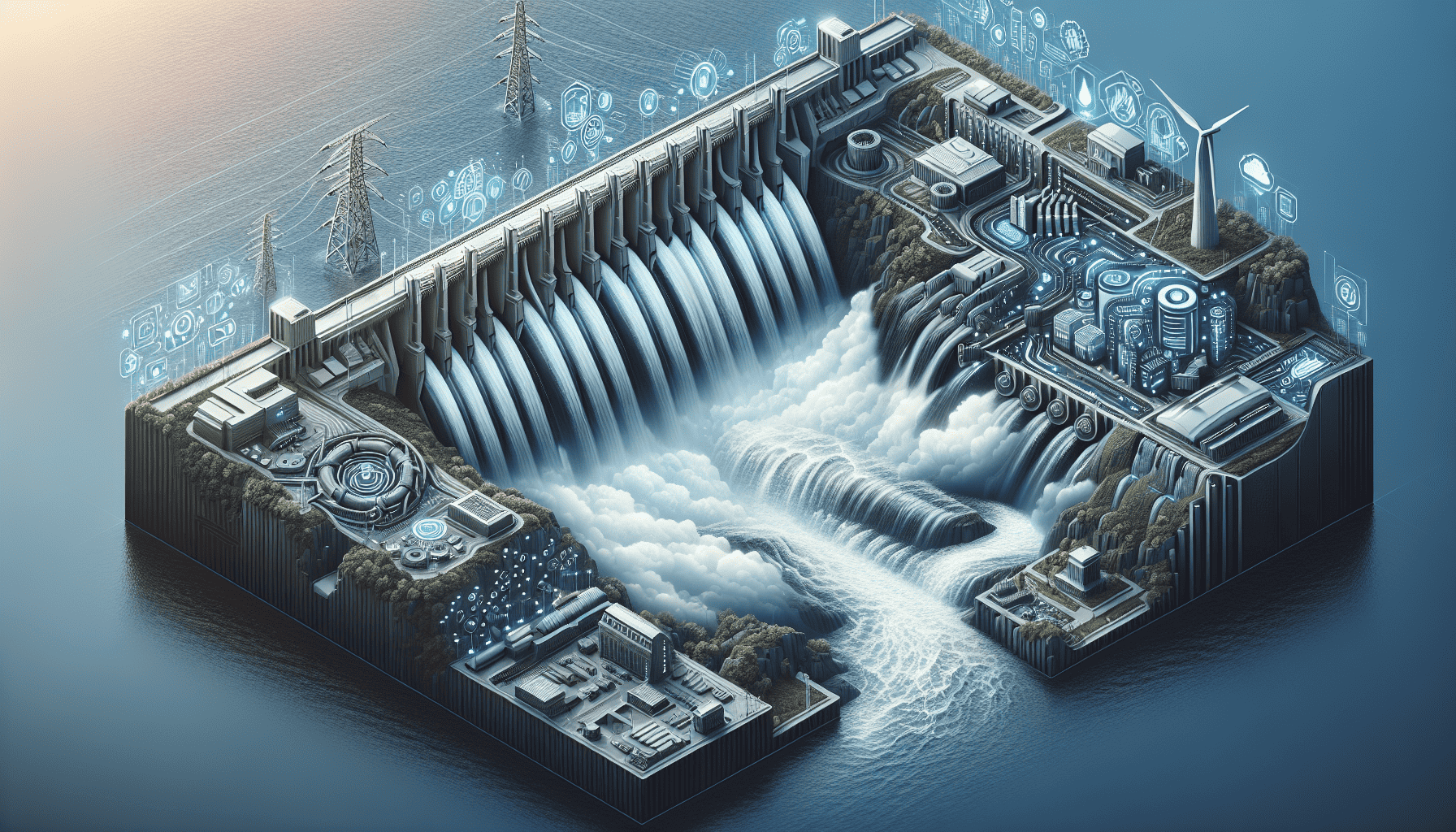Hydroelectric power, a cornerstone of sustainable energy sources, is undergoing significant advancements thanks to cutting-edge technologies. As the world continues to prioritize cleaner energy solutions, the hydroelectric sector is experiencing a transformation that promises to revolutionize the way we harness water power.
One of the most exciting advancements in this space is the development of small modular hydropower systems. Unlike traditional large-scale hydropower plants, these modular systems offer flexibility and adaptability. They can be deployed in a variety of settings, including smaller rivers and streams, where previously untapped energy potential can now be harnessed. This not only increases the overall capacity of hydroelectric power but also minimizes the environmental impact associated with large dams, such as habitat disruption and changes in river ecology.
In addition to modular systems, new materials and engineering techniques are improving the efficiency and lifespan of hydroelectric turbines. Advances in materials science have led to the creation of more robust turbine blades that can withstand the rigors of high-flow environments. These improvements reduce maintenance costs and downtime, thereby increasing the overall efficiency of hydroelectric plants.
Another significant leap forward is the integration of artificial intelligence (AI) in the management of hydroelectric facilities. AI systems can optimize the operation of these plants by predicting fluctuations in water flow and adjusting electricity generation accordingly. This leads to more efficient energy production and a better capacity to meet demand peaks. Furthermore, AI can help in predicting potential equipment failures and scheduling maintenance more effectively, thus ensuring a higher reliability of power supply.
The use of pumped-storage hydropower is also gaining traction as a means of addressing energy storage challenges. With the intermittency of renewable energy sources like wind and solar, pumped-storage systems act as giant batteries, storing excess energy during low demand periods and releasing it when demand increases. This helps stabilize the grid and ensures a continuous supply of electricity, making it a crucial component in the transition to a fully renewable energy grid.
Furthermore, innovations in hydrokinetic energy capture are expanding the horizons of hydroelectric power. These technologies, which capture energy from flowing water without the need for dams, offer a way to tap into the vast energy potential of ocean currents and tidal flows. By exploiting these natural movements, hydrokinetic systems provide a consistent and predictable source of clean energy, further diversifying the ways in which water power can be harnessed.
In conclusion, the hydroelectric sector is experiencing a technological renaissance that is set to redefine its role in global energy systems. From modular hydropower systems and advanced materials to AI optimization and hydrokinetic energy capture, these developments are unlocking new potentials for clean, efficient, and sustainable power generation. As these innovations continue to evolve, hydroelectric power will remain a crucial player in the worldwide effort to combat climate change and achieve a sustainable energy future.
